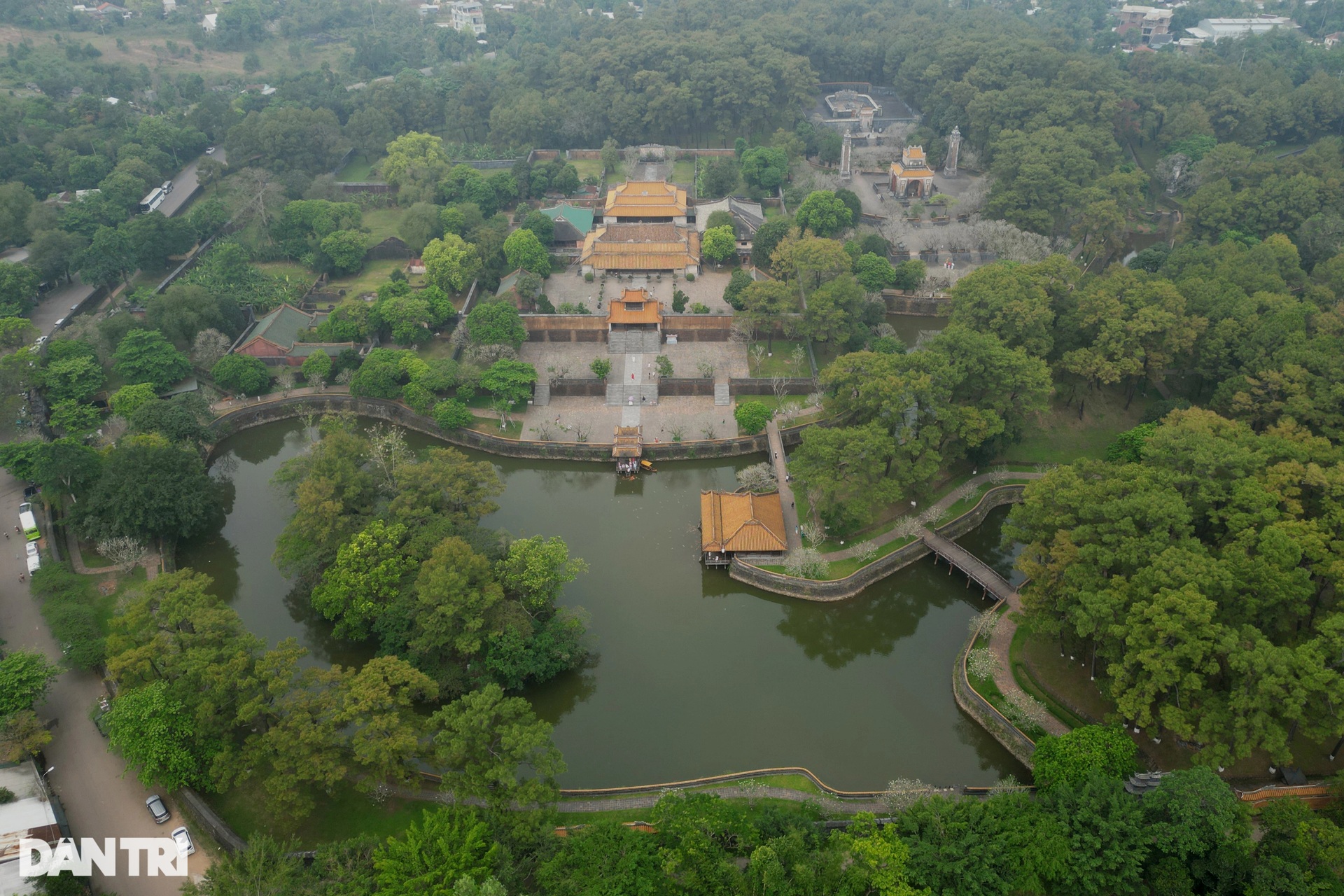
The overall view of King Tu Duc's tomb from above. This unique relic is currently located along Doan Nhu Hai Street (Thuy Xuan Ward, Hue City, Thua Thien Hue Province).
Tu Duc Tomb was started to be built in 1864, when the 4th king of the Nguyen Dynasty was still alive, and was basically completed in 1873.
This mausoleum covers an area of about 12 hectares, including nearly 50 large and small architectural works. All the names of these works begin with the word "Khiem". Unfortunately, over time, many of the works have been damaged, leaving only the foundations.
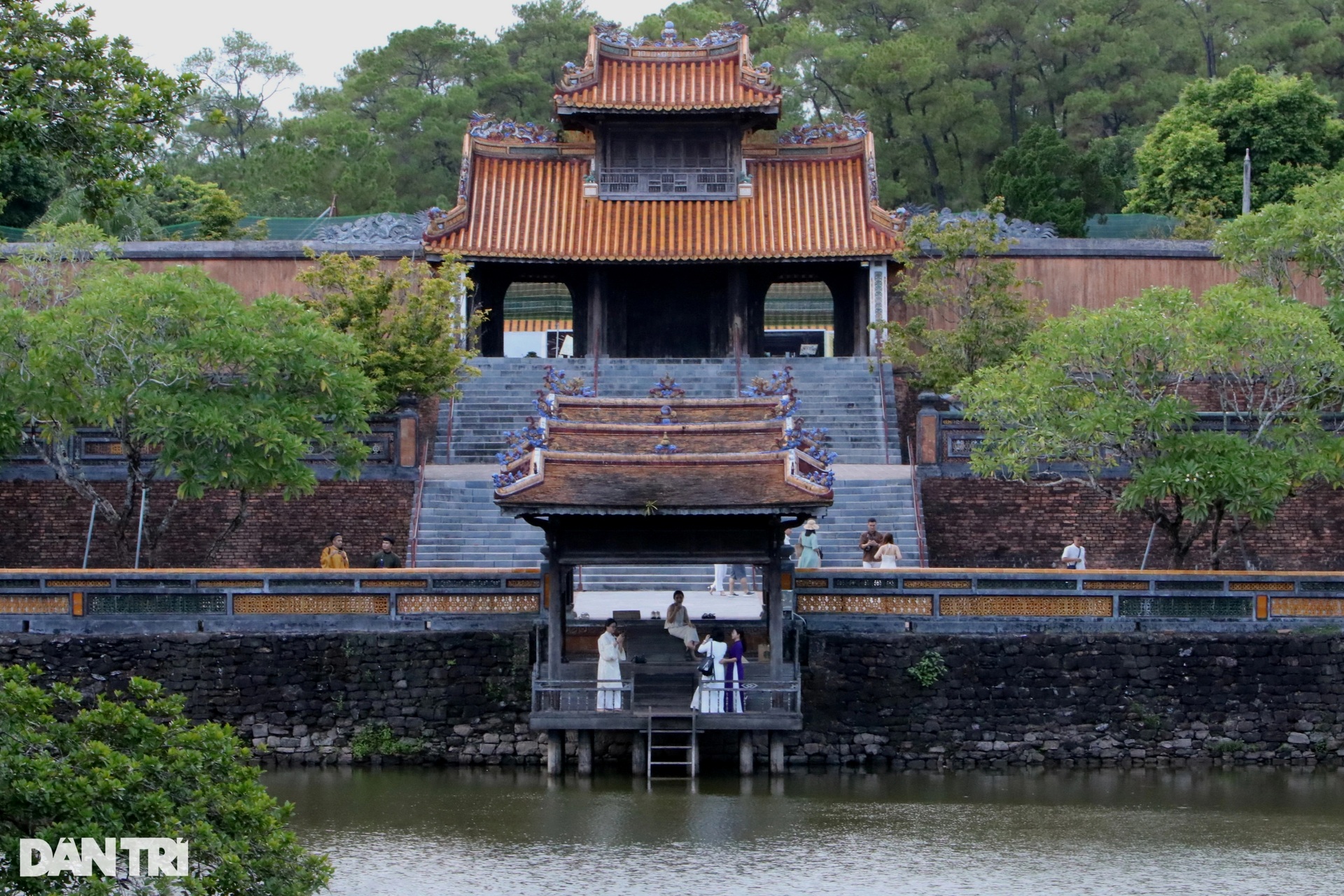
When construction first began, King Tu Duc named the building Van Nien Co. But after the Chay Voi uprising initiated by the Doan Huu Trung brothers, the king changed the name to Khiem Cung, and after his death it was called Khiem Lang.
The layout of the mausoleum consists of two main parts: the mausoleum and the tomb, arranged on two parallel vertical axes, with Giang Khiem mountain in the front as the front screen, Duong Xuan mountain as the back pillow, and Luu Khiem lake as the main element.
In addition to being a burial place when he passed away, this was also a place where the king came to rest, read books, recite poems, etc., so the landscape of the mausoleum resembles a large park. Here there are pine trees, flowing streams, lakes, pavilions, pavilions, solemn palaces, etc., all blending together, creating a melody of ups and downs in the architecture.
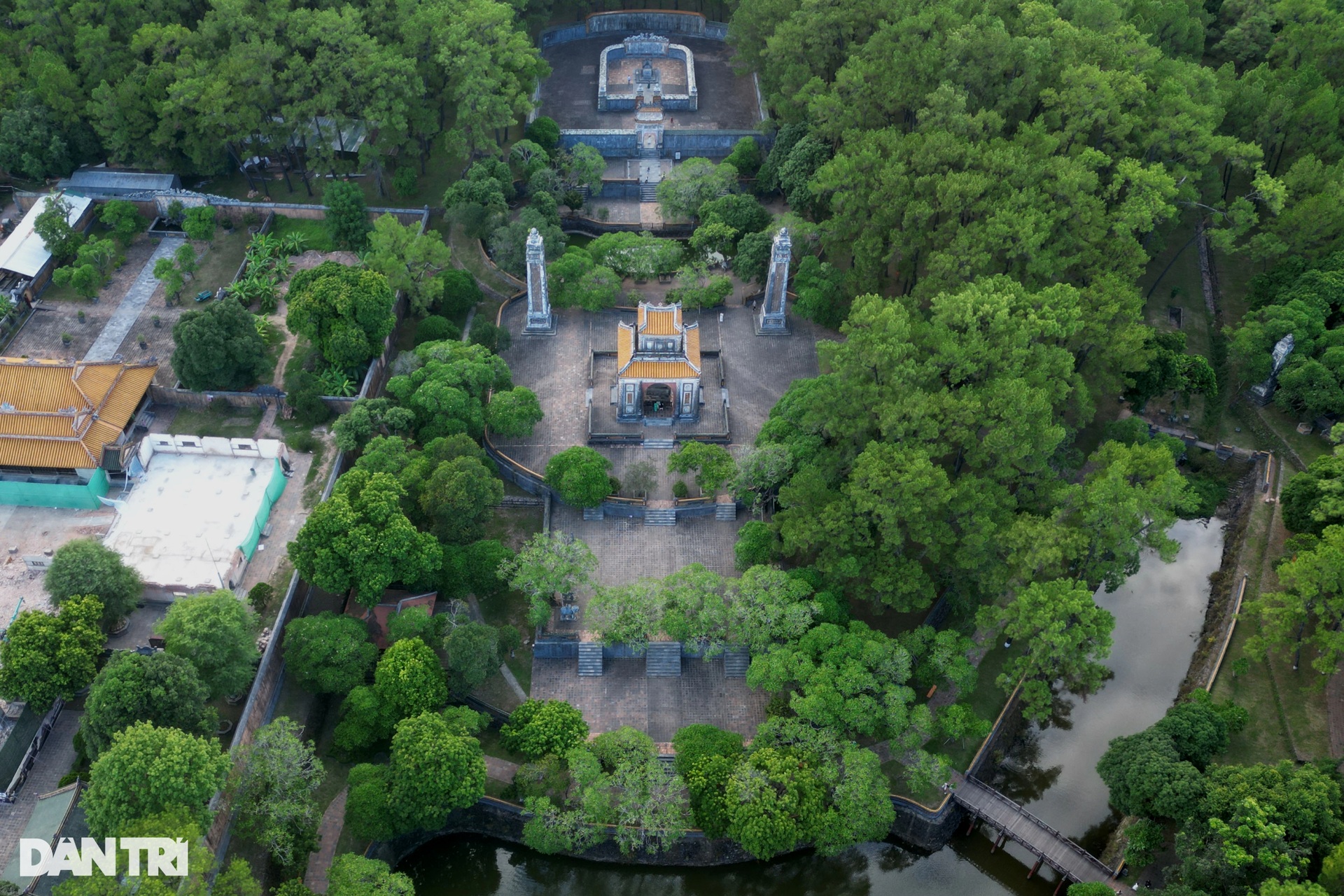
King Tu Duc's tomb is located on the right side of the temple, including the audience courtyard (Bai Dinh), stele house (Bi Dinh), pillars, citadel and mysterious palace.
All are located under the cool canopy of ancient trees, with a winding lake in front, creating a poetic and lyrical scene, worthy of being the eternal resting place of the poet king, the most learned and romantic person among the Nguyen Dynasty kings.
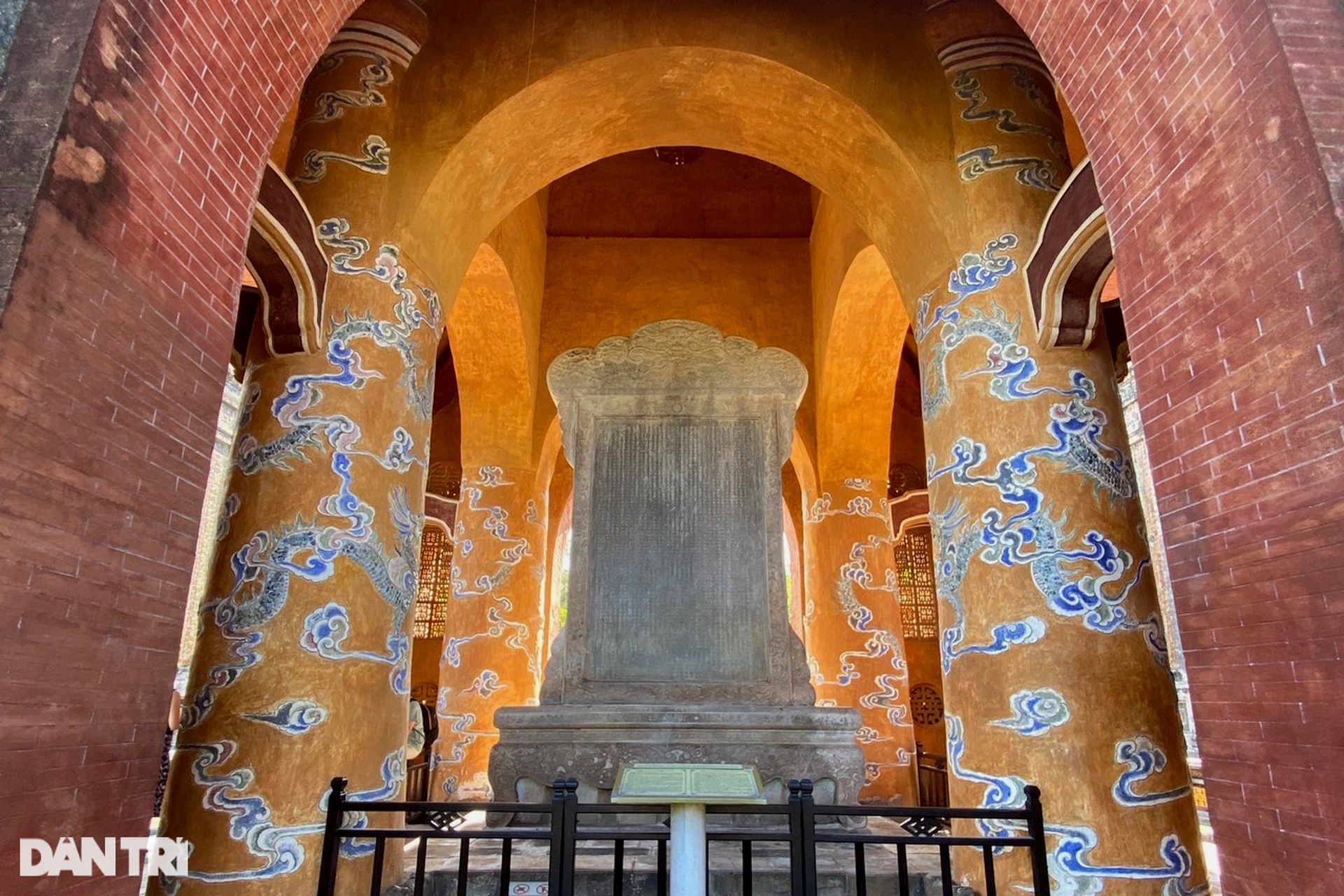
In the center of the Bi Dinh is a Thanh stone stele, the largest in Vietnam, placed on a very large stone pedestal with elaborate carvings of tiger talismans, iron statues, chrysanthemums, and eight treasures...
The stele house is the most solid structure in the mausoleum, built mainly of bricks and stones.
On the largest stele in Vietnam is engraved Khiem Cung Ky, a biography and confession of King Tu Duc, written by the king himself. In 2015, Khiem Cung Ky stele was recognized as a National Treasure of Vietnam.
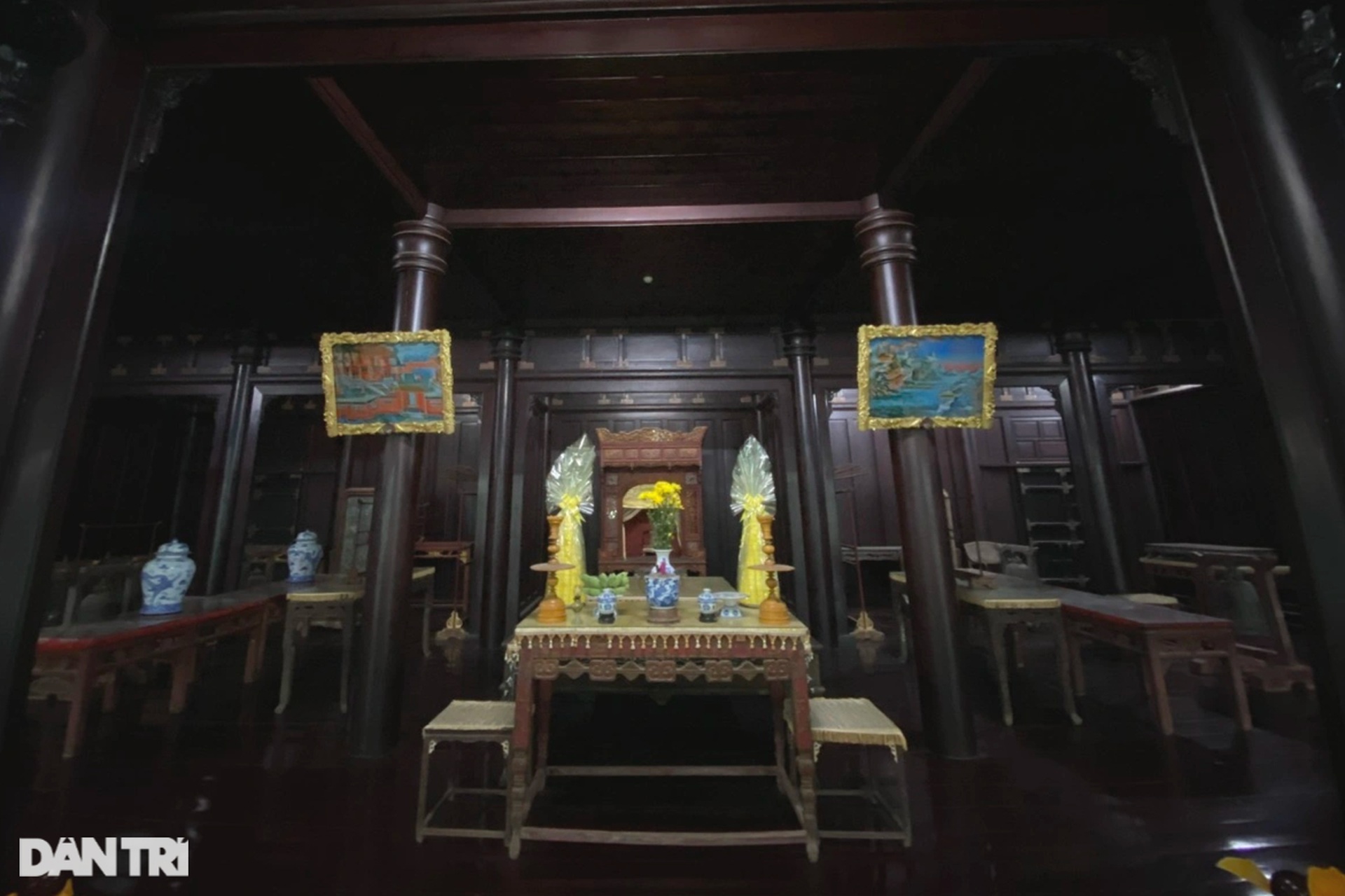

Inside the Hoa Khiem Duong (the shrine of the king and queen), the interior of the building is painted black, while the objects of worship are all gilded with gold.
Here, many relics of King Tu Duc and his queens and concubines are preserved, especially the mirror paintings illustrating poems composed by King Thieu Tri, the picture frames are gilded and carved very delicately.
These are the few precious paintings of the Nguyen Dynasty that are still preserved, made by Chinese artists under the order of the Hue court.
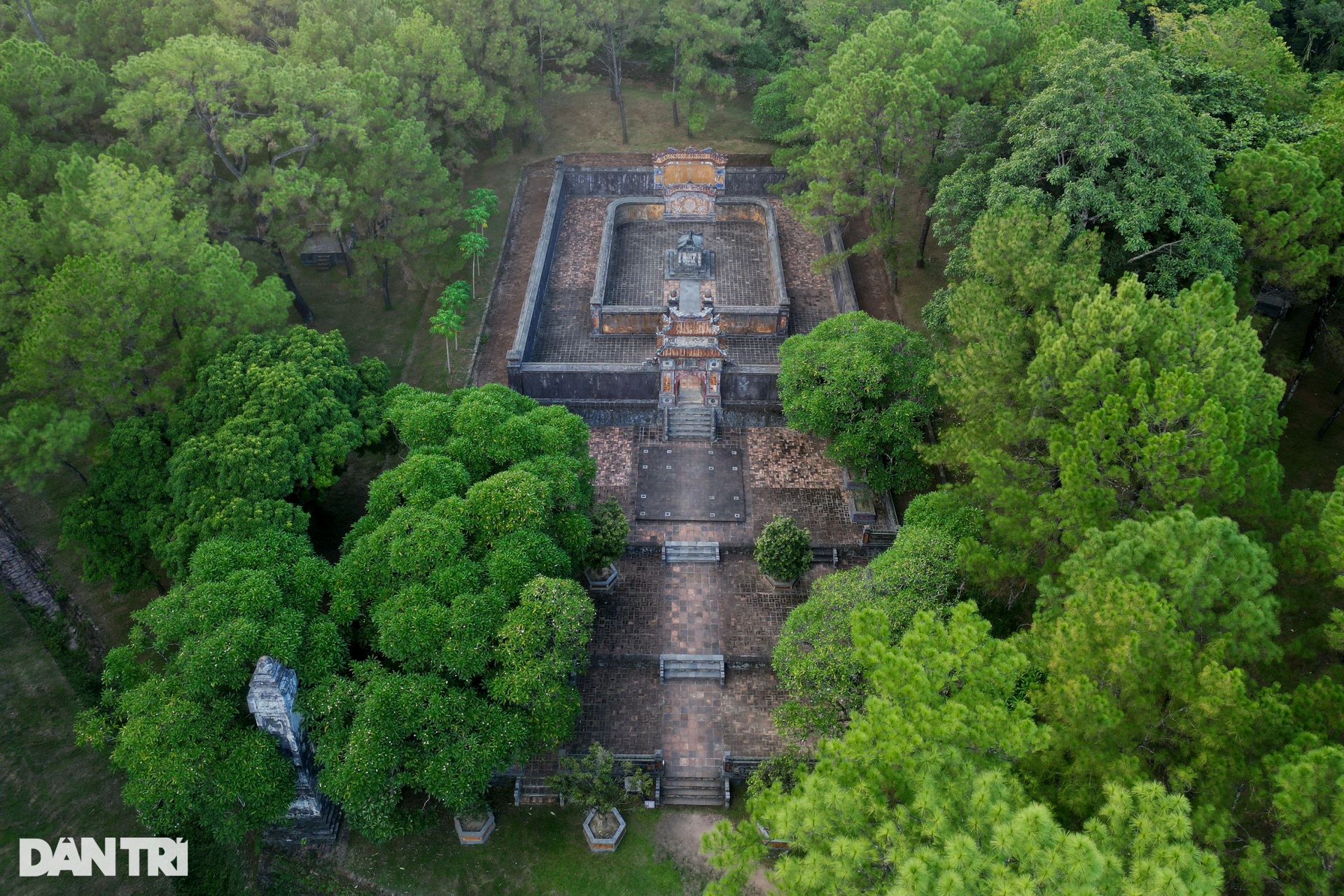
Located in Tu Duc tomb is also Khiem Tho tomb next to the king's tomb area.
This is the resting place of Queen Le Thien Anh (real name Vo Thi Duyen, 1828-1902), the main wife of King Tu Duc. She is worshiped with the king at Hoa Khiem Duong Palace.
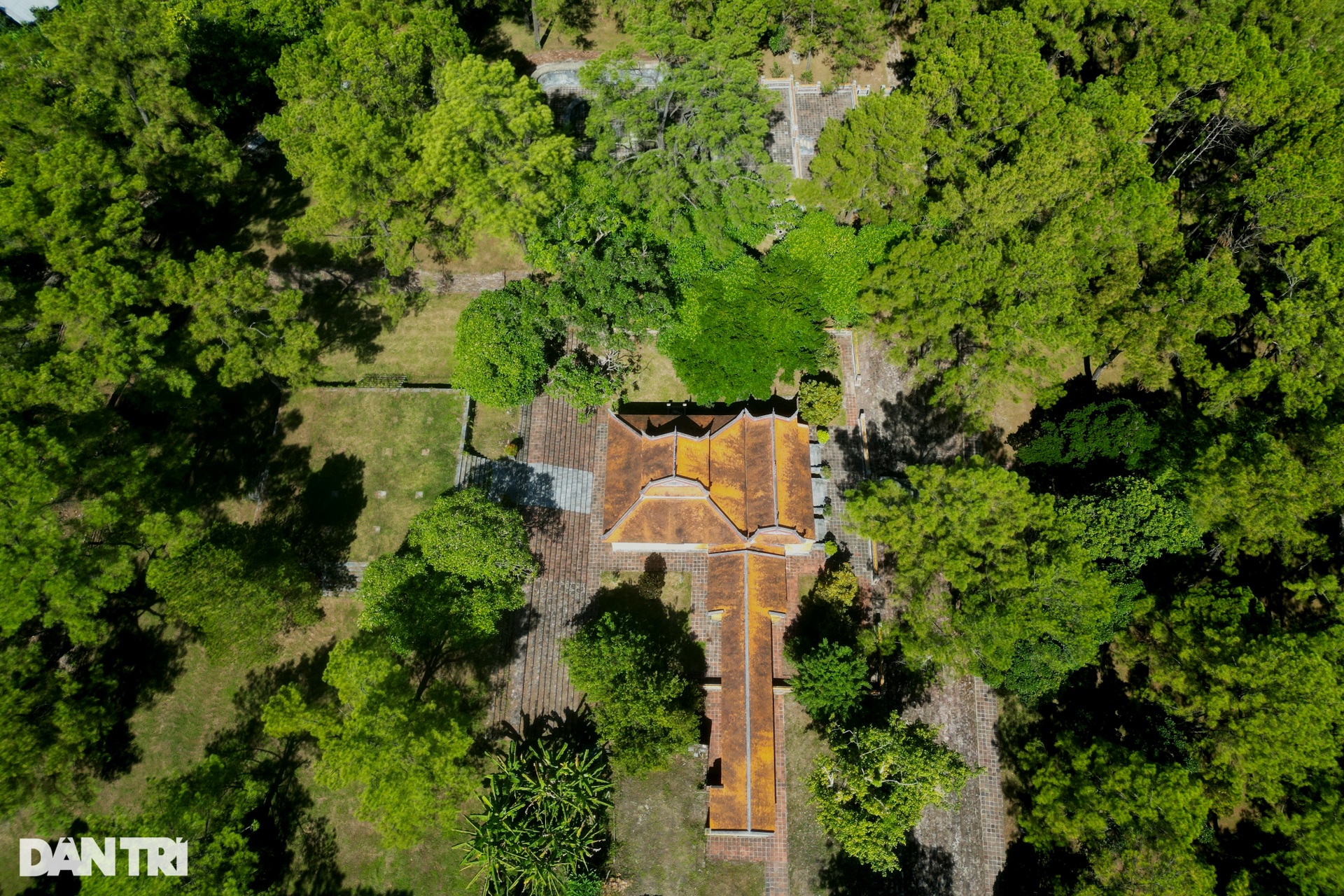
In addition, in the overall Tu Duc tomb complex, there is also Boi Lang, the burial and worship place of King Kien Phuc, the adopted son of King Tu Duc.
That created a uniqueness compared to the remaining tombs of Nguyen kings and lords, in this king's tomb there is another king's tomb.
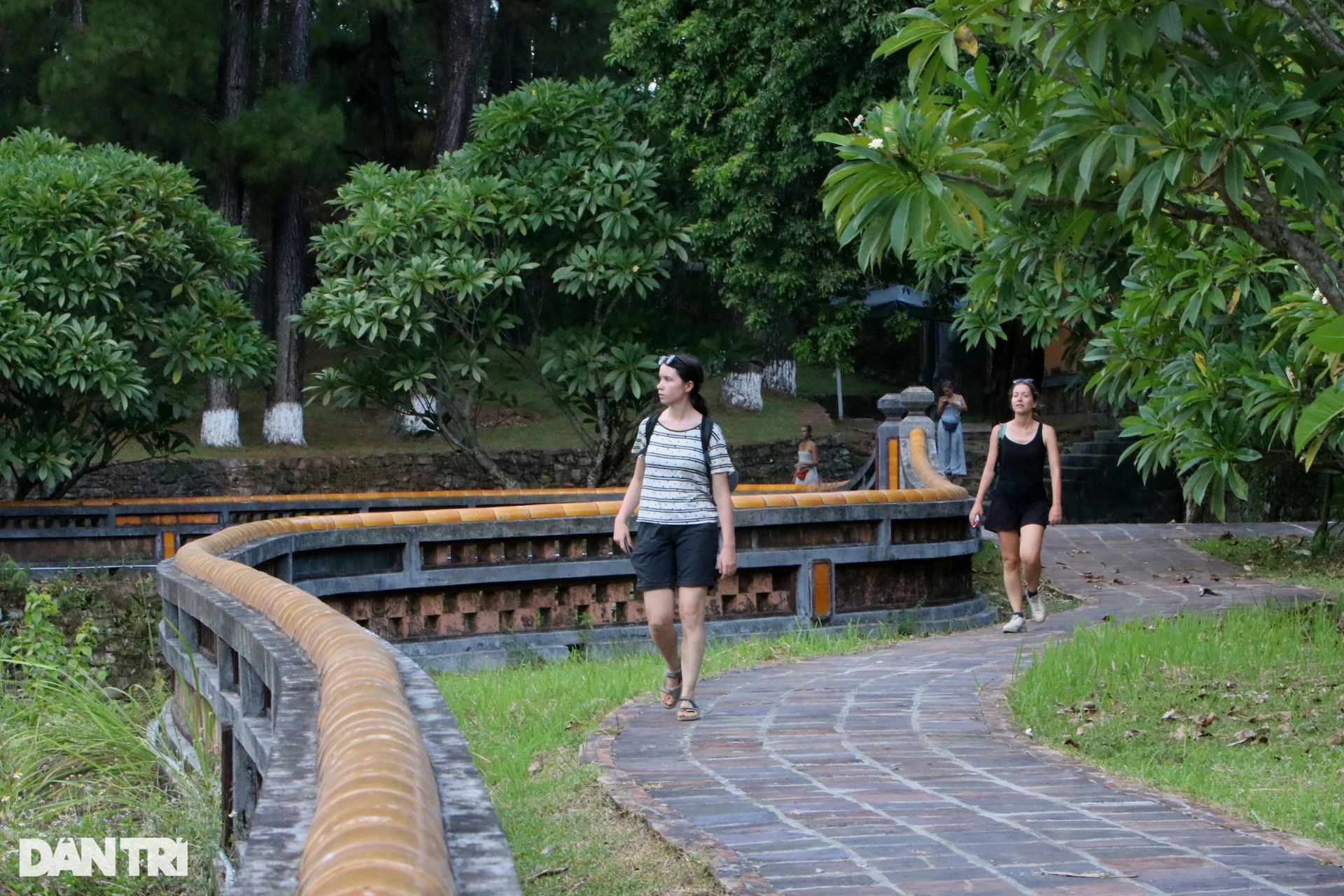
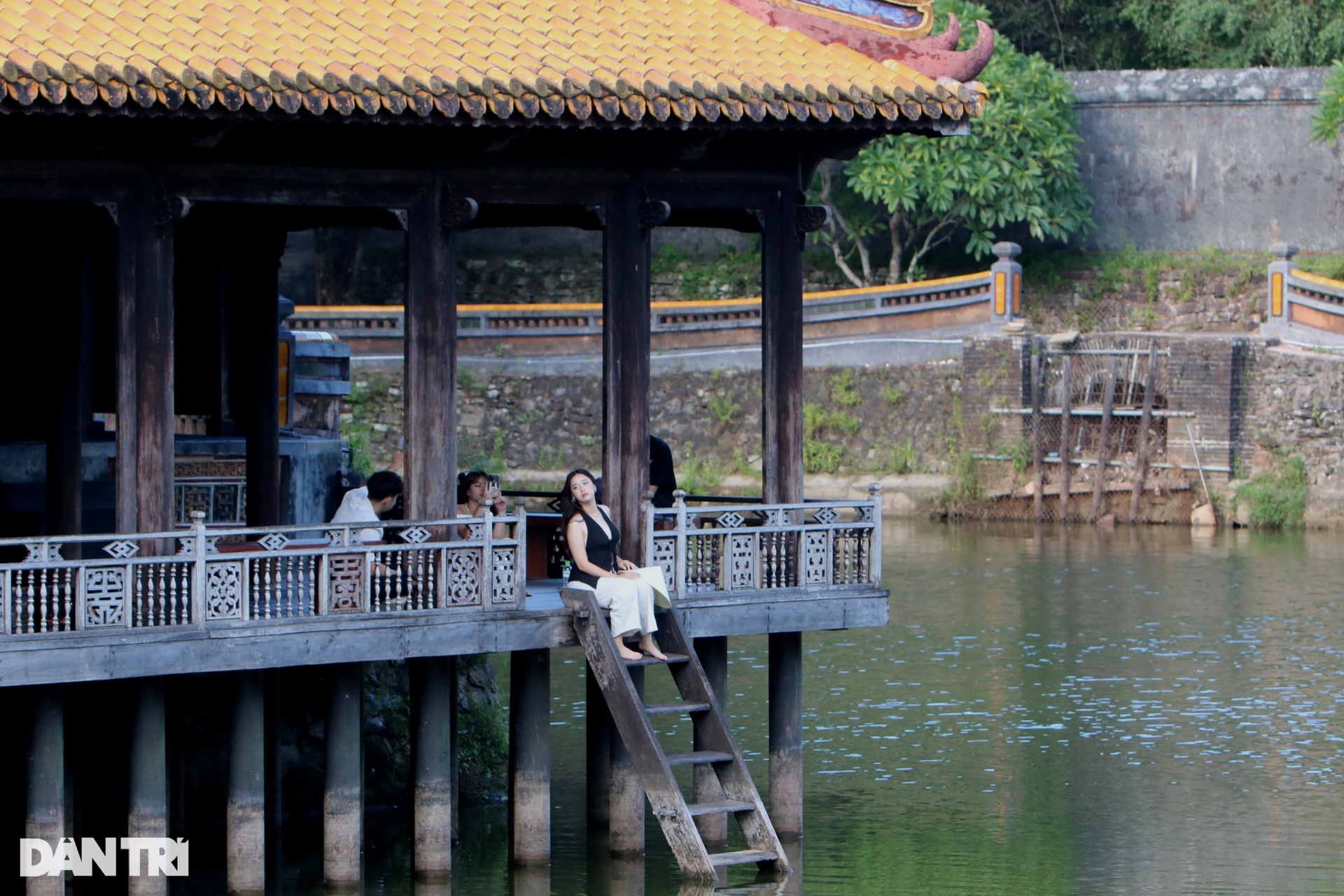 Thanks to its timeless beauty, Tu Duc Tomb is always chosen by many tourists as a place to visit and take photos every time they come to Hue.
Thanks to its timeless beauty, Tu Duc Tomb is always chosen by many tourists as a place to visit and take photos every time they come to Hue.
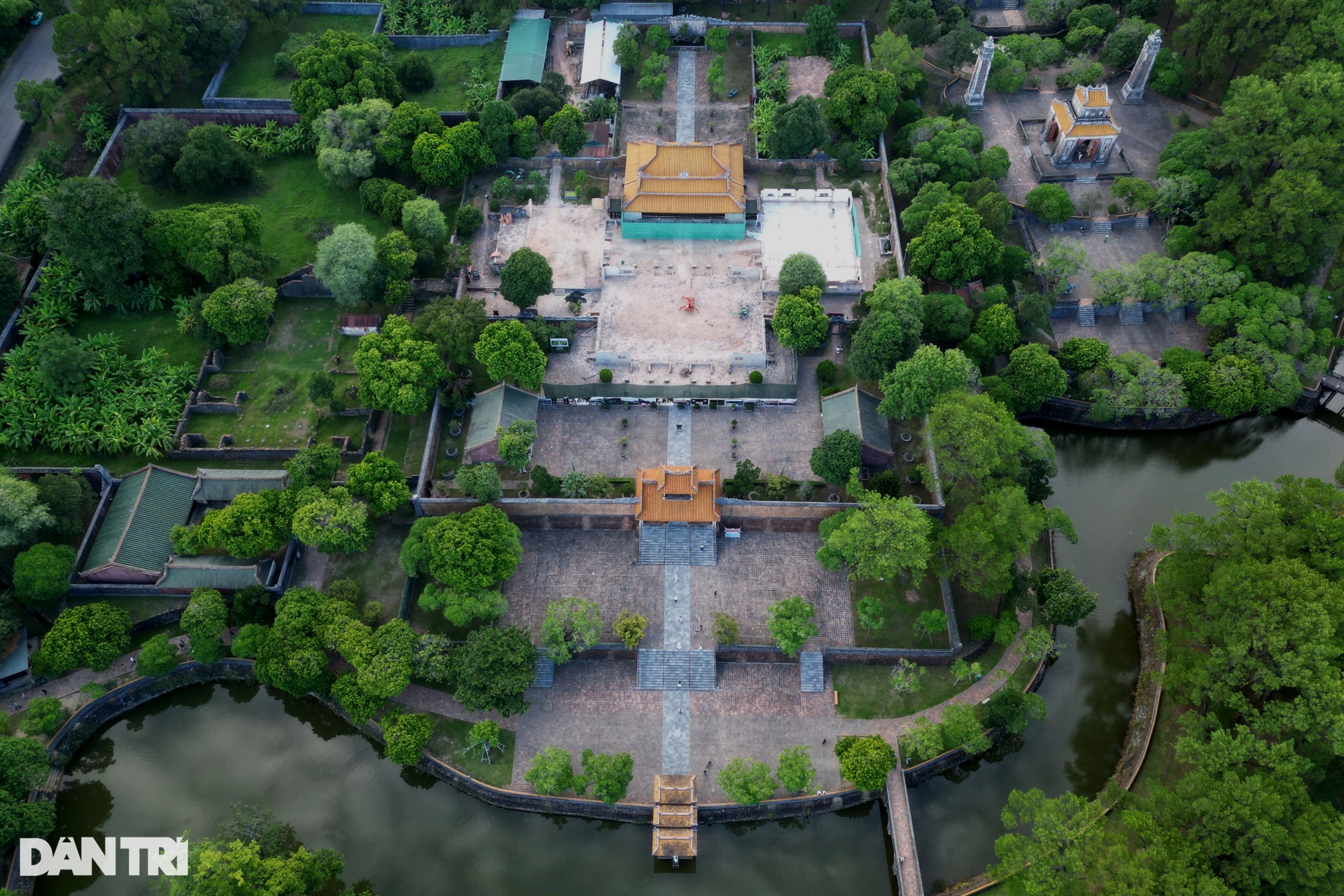
To continue preserving and promoting the value of this highly aesthetic relic, the People's Committee of Thua Thien Hue province has approved a project to preserve, restore and renovate the Tu Duc Tomb relic, with a total investment of nearly 100 billion VND.
According to the leader of the Hue Monuments Conservation Center, the project will renovate and restore the following works: Hoa Khiem Palace, Minh Khiem Duong, On Khiem Duong, the citadel - Vu Khiem gate - the screen in front of Vu Khiem and embellish the technical infrastructure of the mausoleum.
The project has begun, some works have been demolished for renovation and restoration. The restoration work is expected to be completed by October 2027.
King Tu Duc (Duc Tong Anh Hoang De, real name Nguyen Phuc Hong Nham) ascended the throne at the age of 19, reigned for 36 years (1847-1883), was the 4th king and reigned the longest among the 13 kings of the Nguyen Dynasty. He died on June 16, Quy Mui year, July 19, 1883, at the age of 54.
According to history books, King Tu Duc had an elegant and calm appearance, read many books, and was the most learned and learned king of the Nguyen Dynasty.
In terms of literature, the king made quite important contributions to Vietnamese literature. He composed a huge volume of works: 600 essays, 4,000 poems in Chinese characters and about 100 poems in Nom characters.
He also personally edited and revised a number of folk plays. The King opened the Tap Hien Vien and Khai Kinh Dien to discuss poetry, history and politics with writers and poets. He directed the National History Institute to compile the Imperial Annals of Vietnam... and wrote many "royal comments" for this great history book.
His works include: Royal Poetry Collection, Royal Literature Collection, Collection of Poetry by Co Du Tu Tinh, Vietnamese History Collection, Analects, Ten Commandments, Self-study Interpretation Song... Especially the poem Khiem Cung Ky on the Thanh stone stele has been recognized as a National Treasure.
Source: https://dantri.com.vn/du-lich/noi-yen-nghi-cua-vua-tu-duc-vi-vua-noi-tieng-uyen-bac-cua-trieu-nguyen-20240807011500517.htm



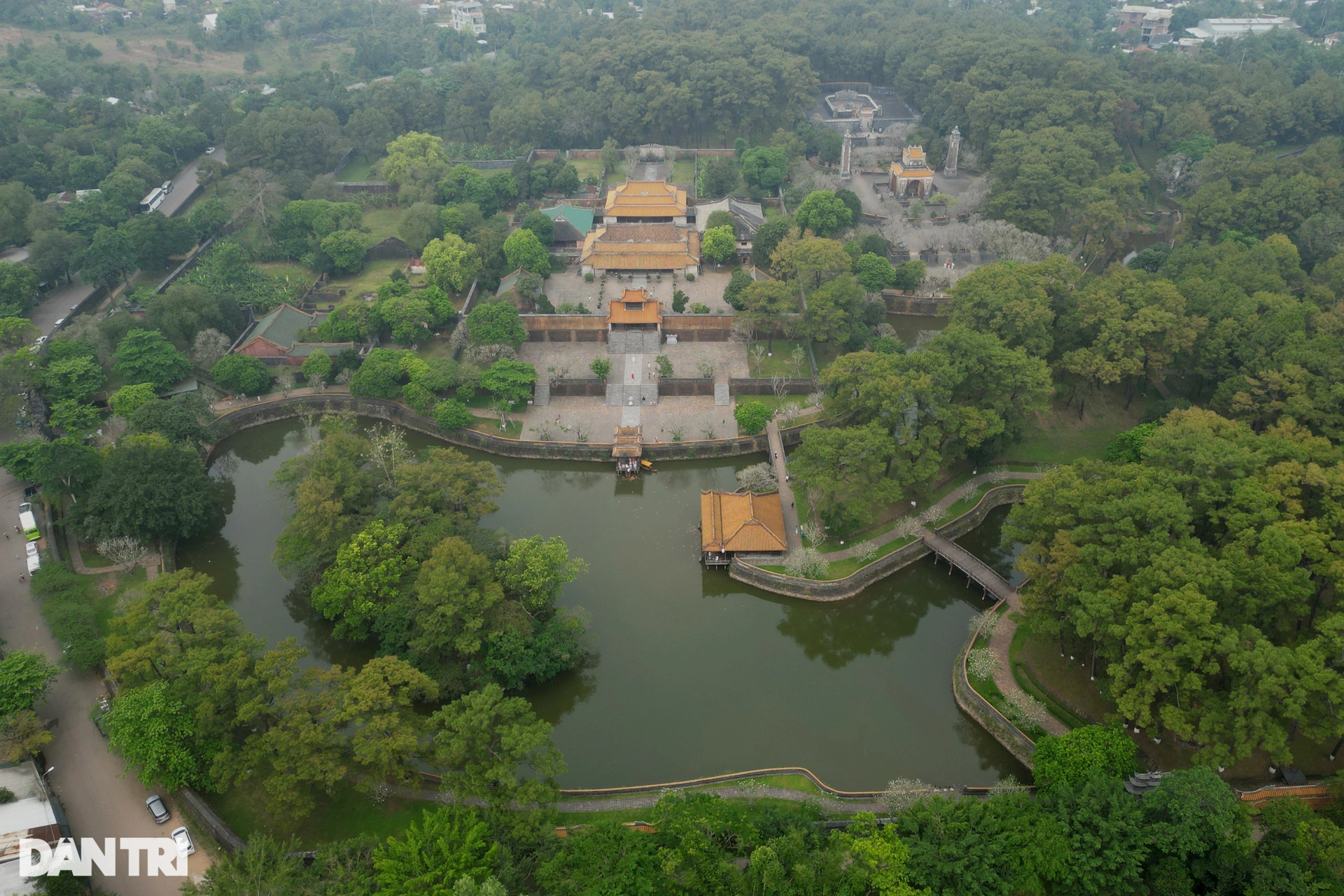
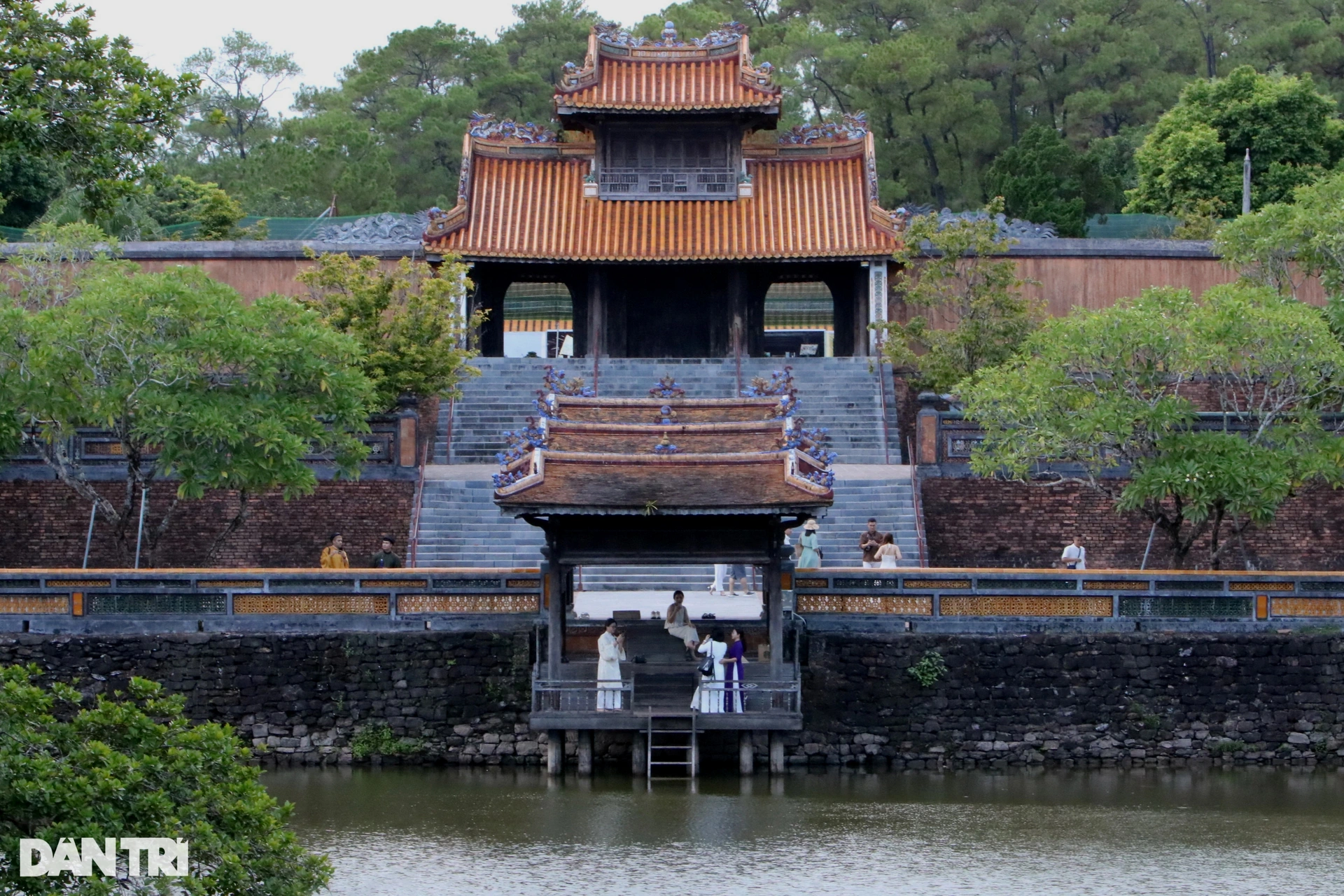
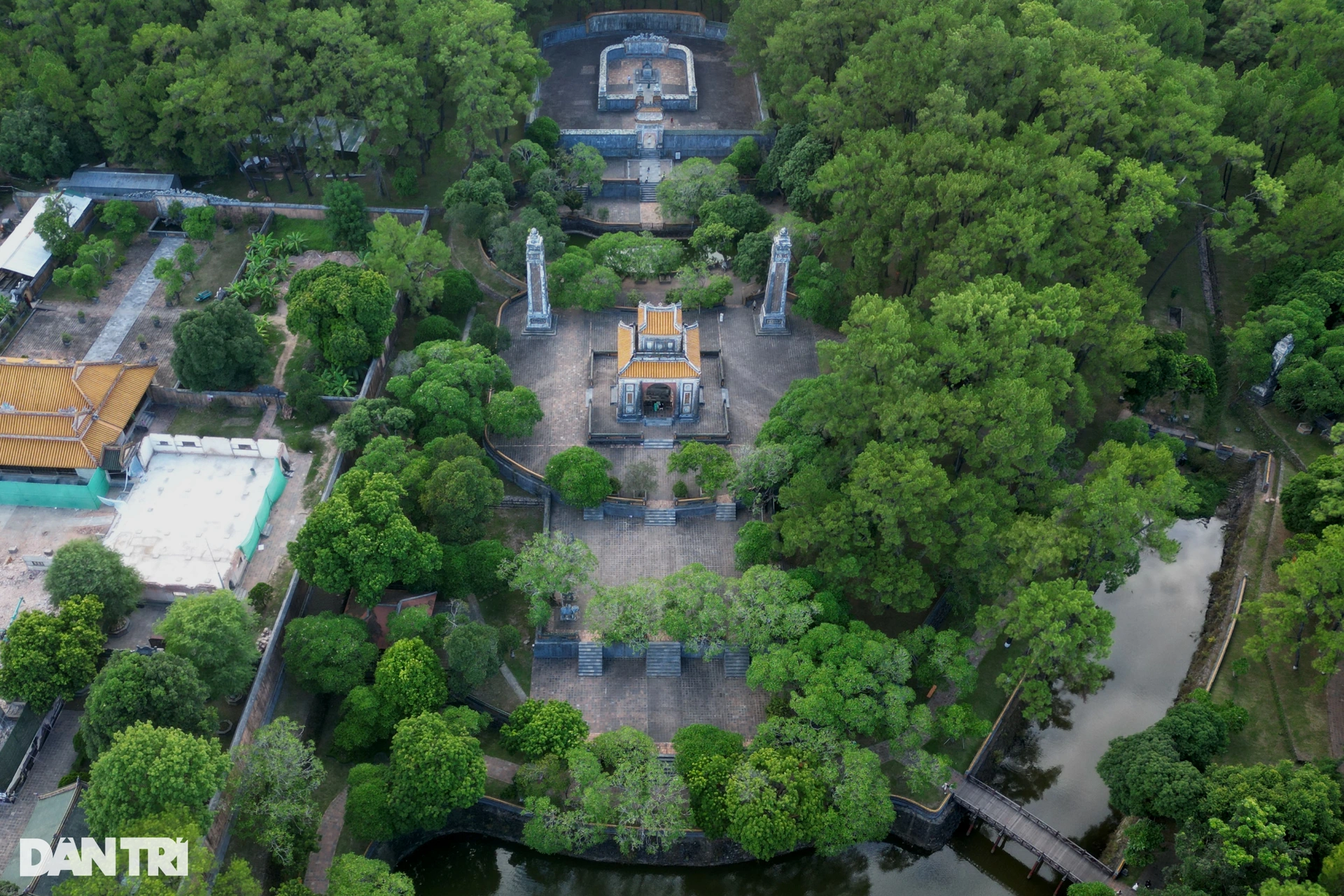
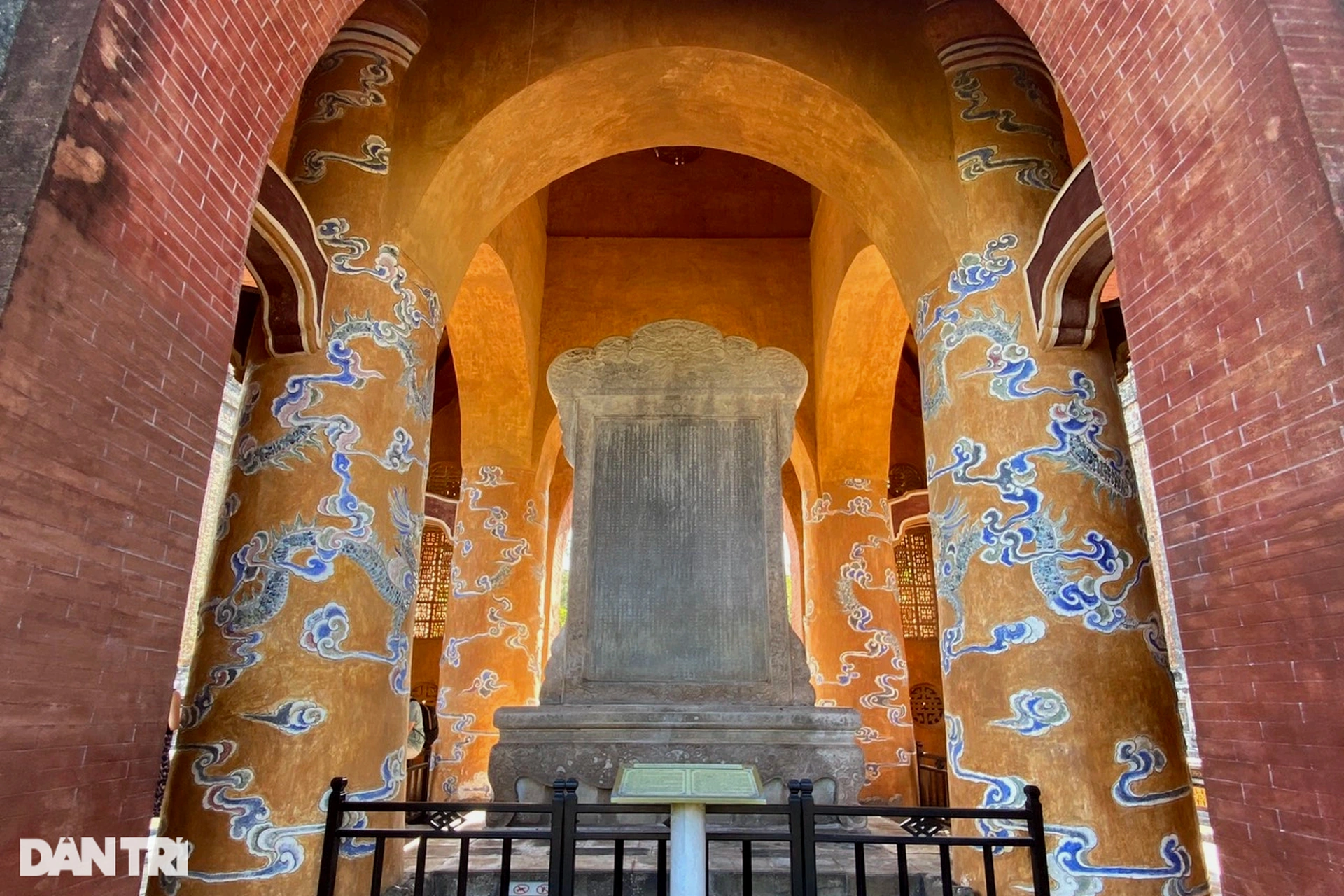
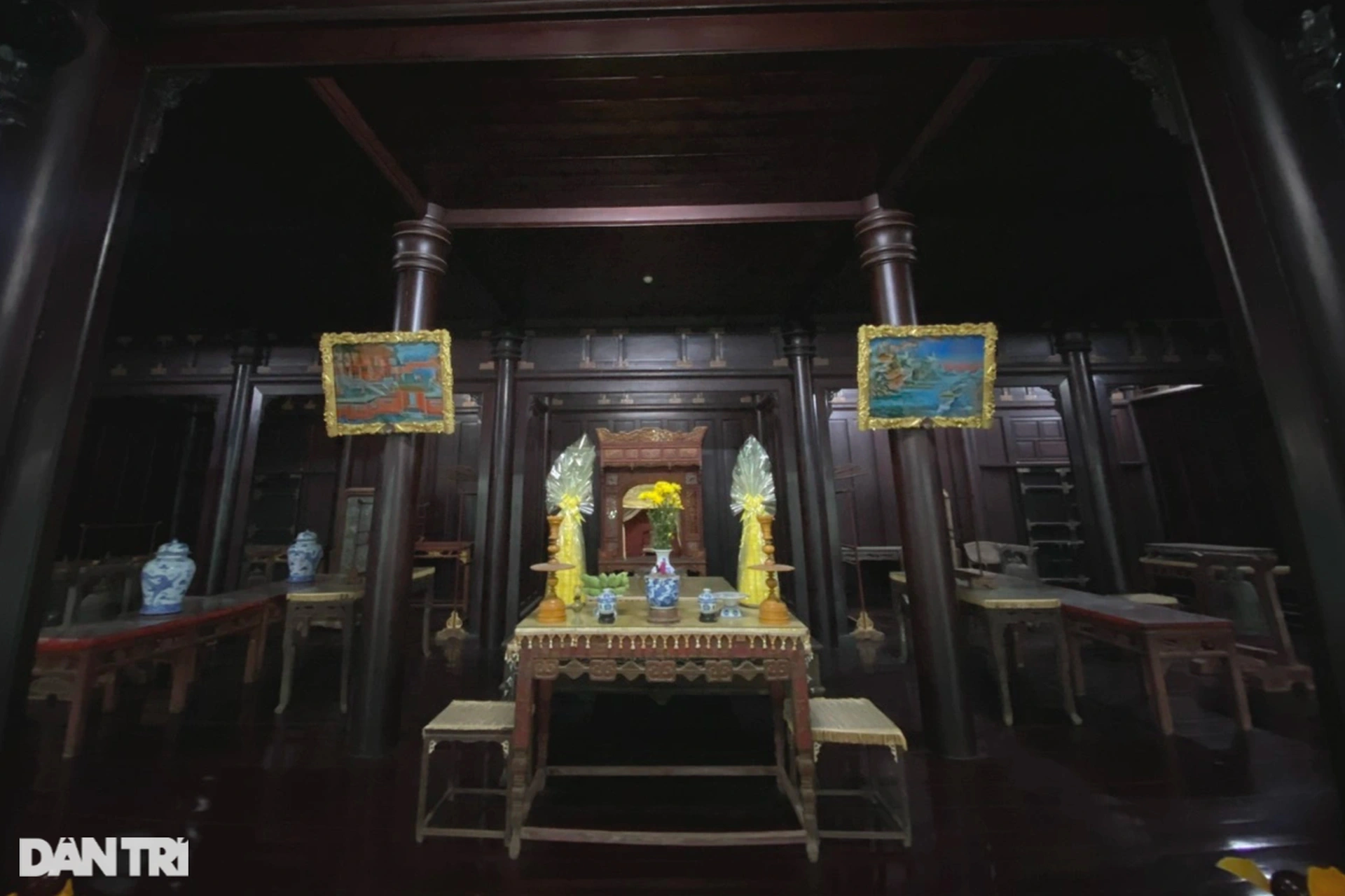
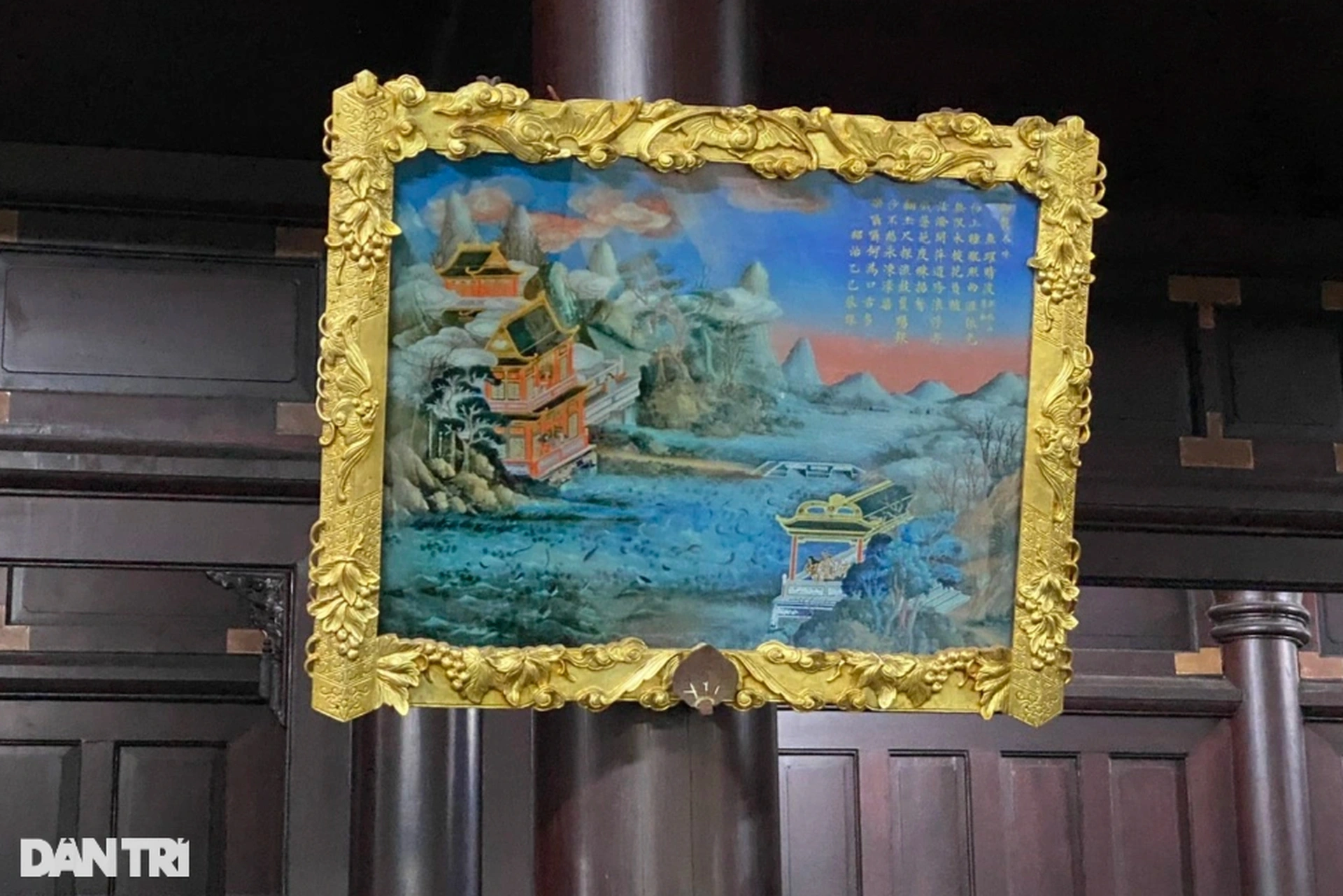
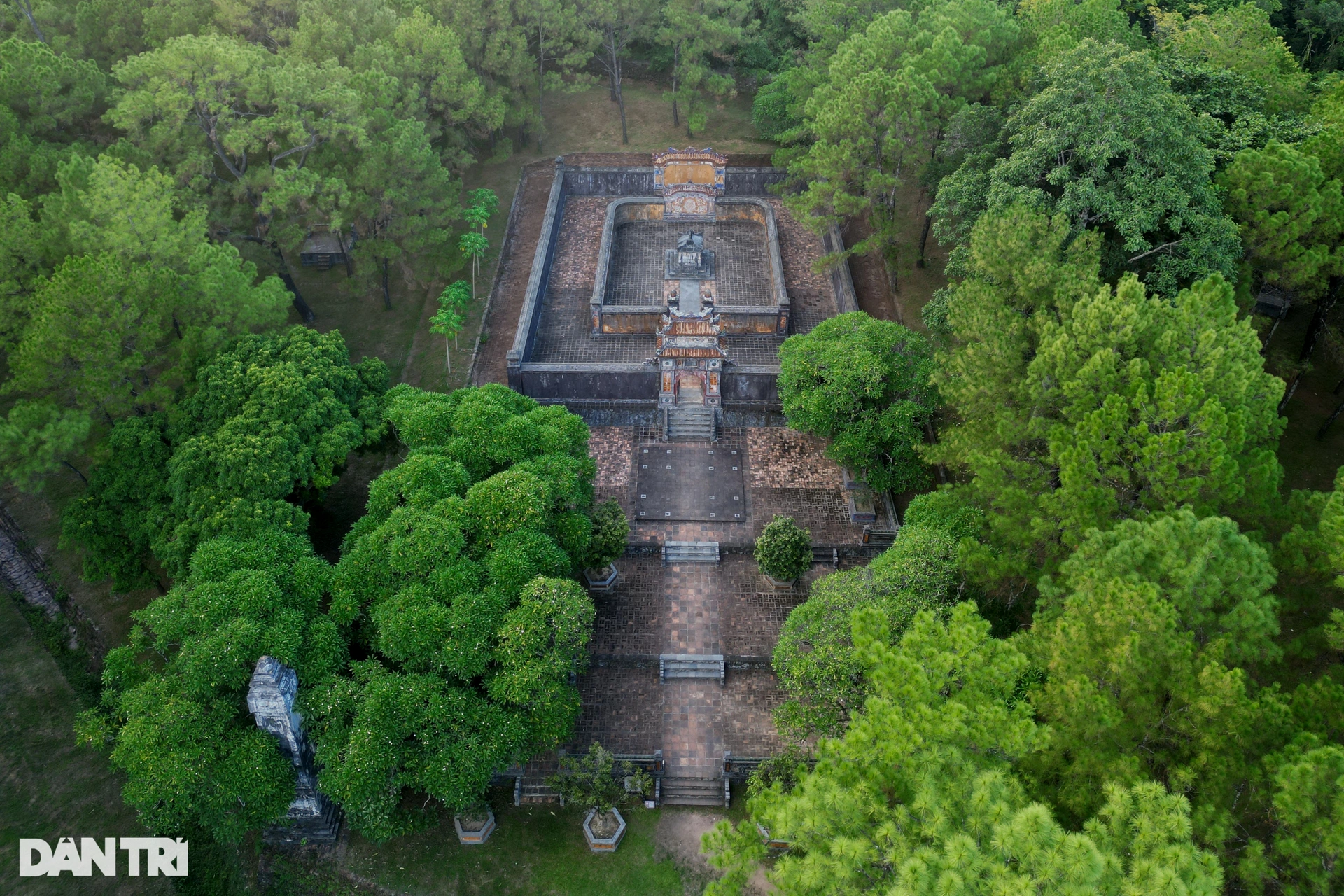
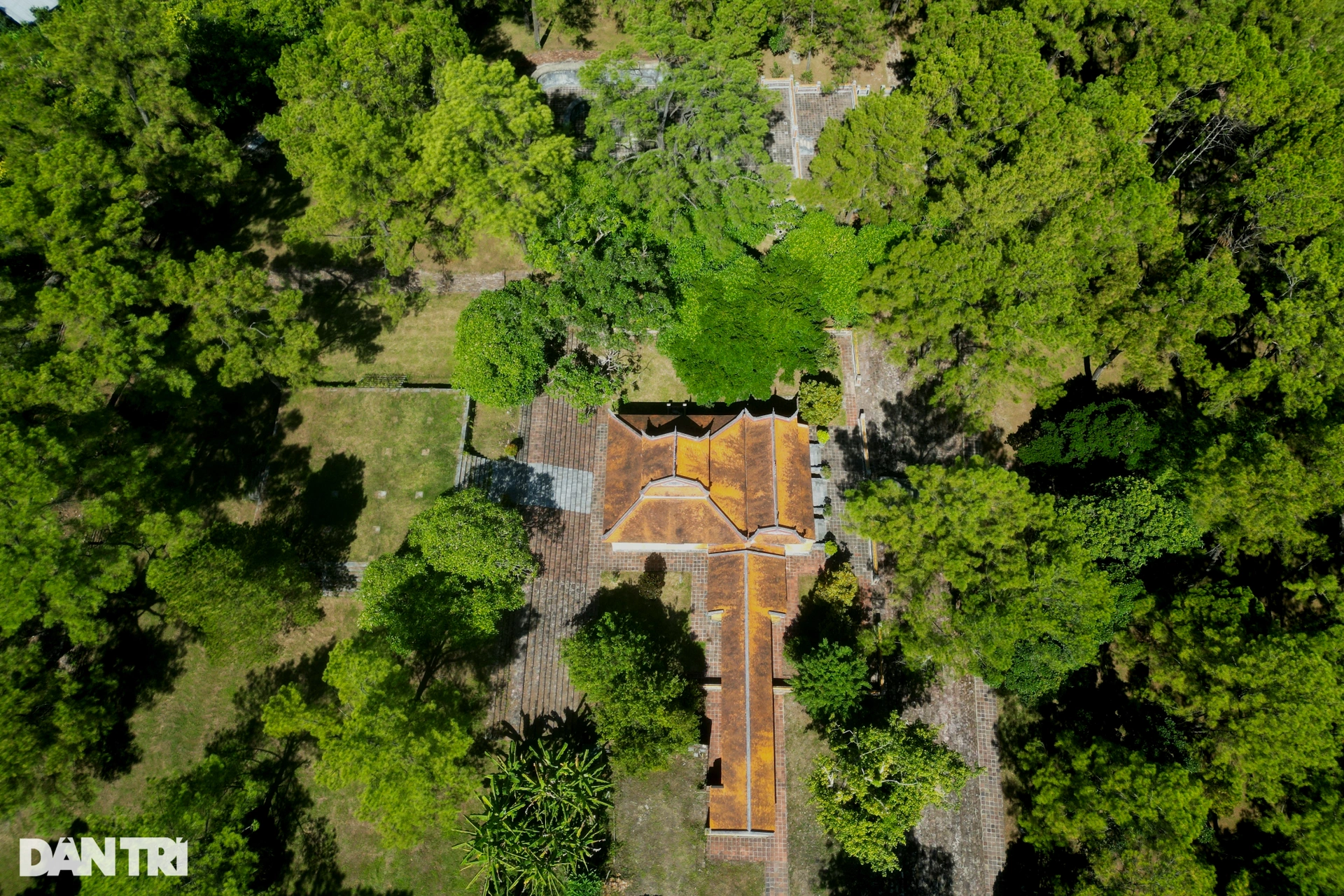
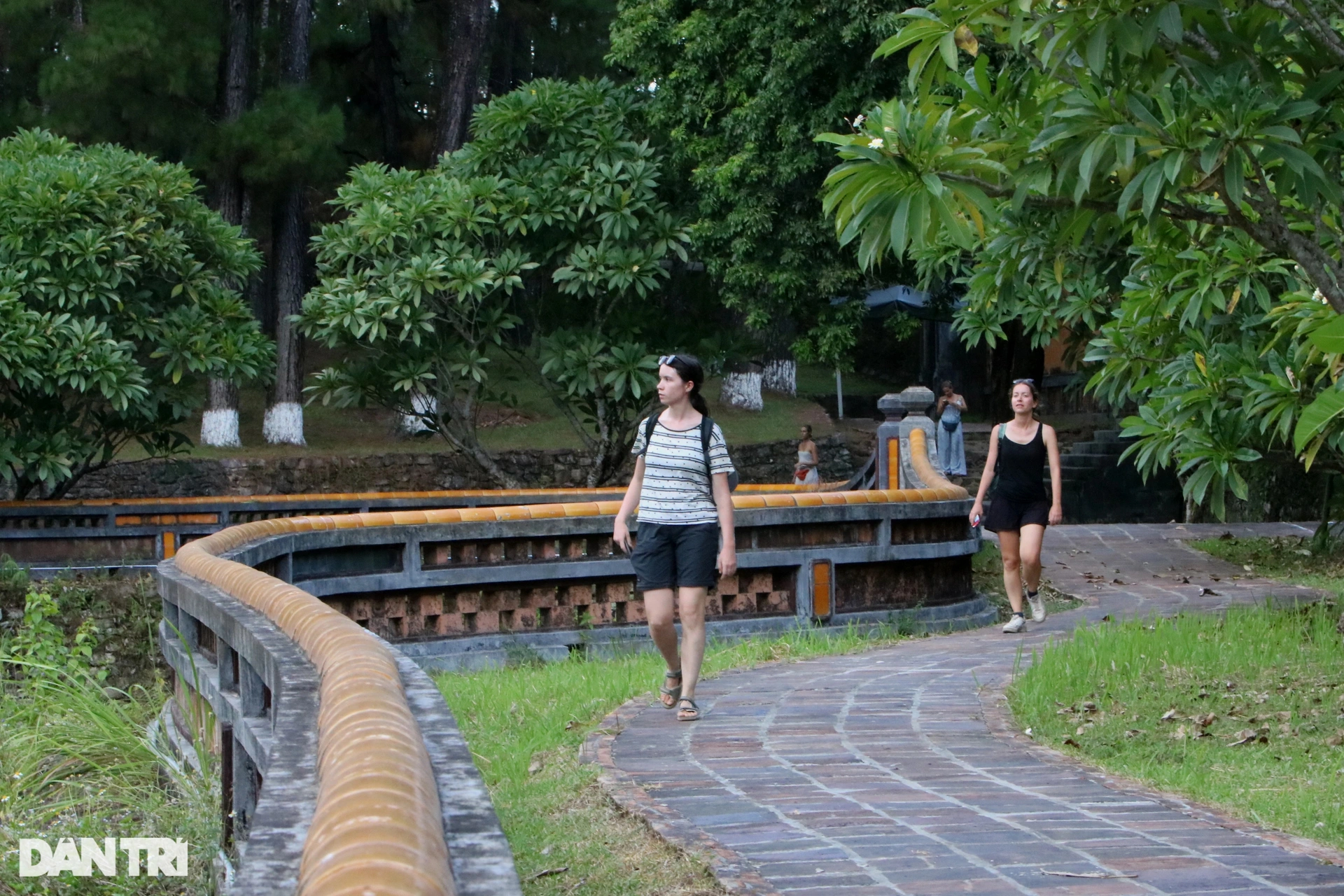
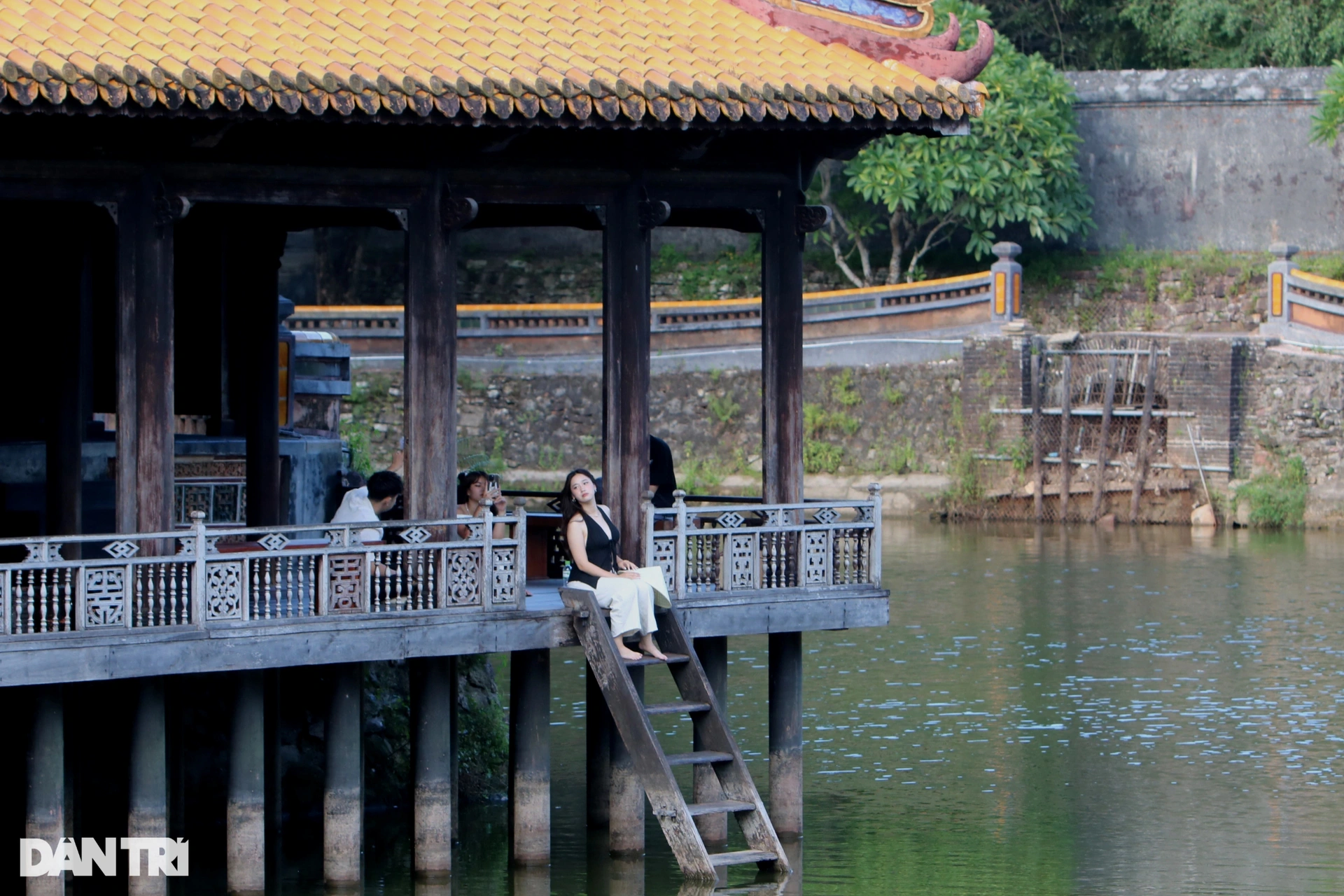
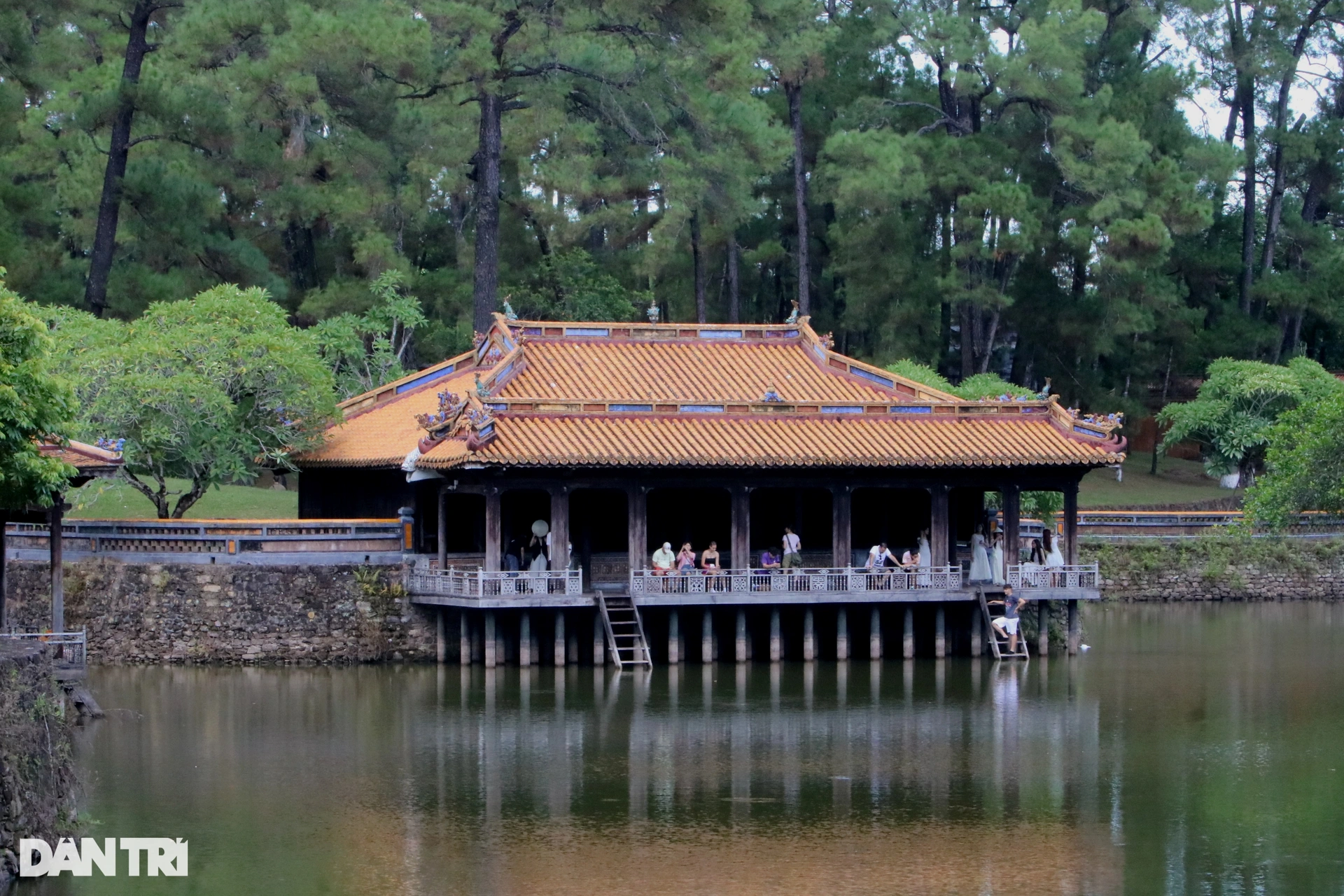
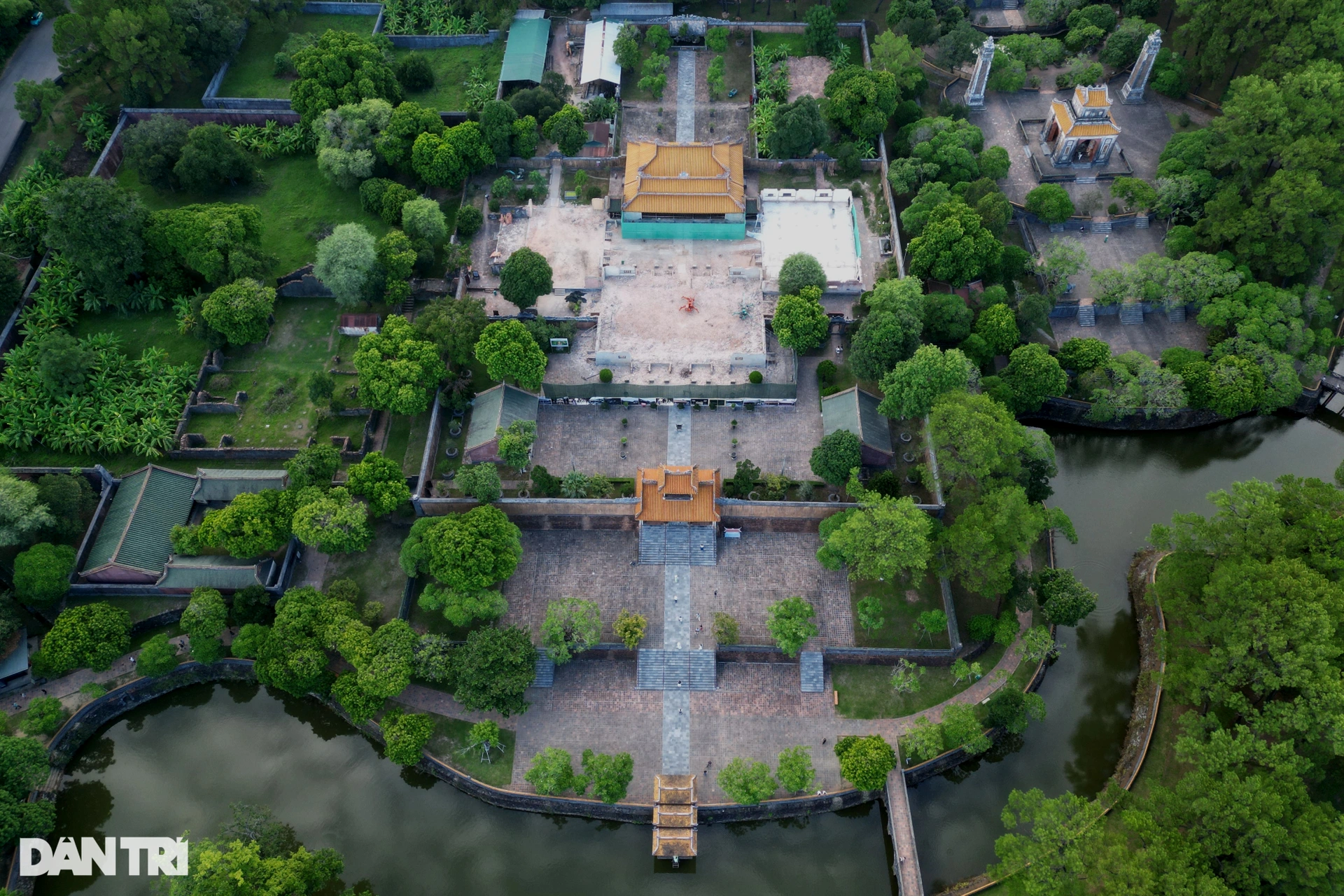


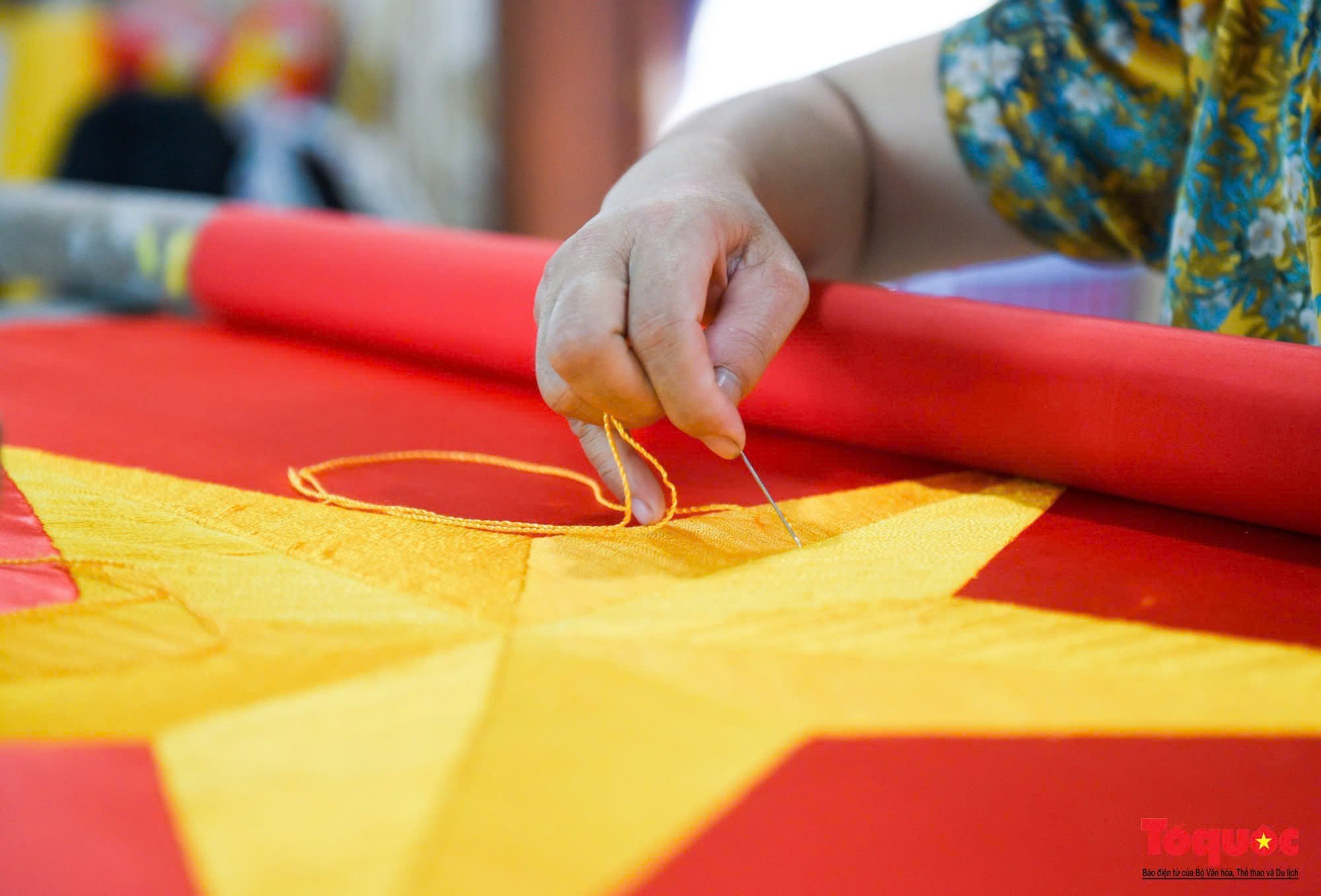
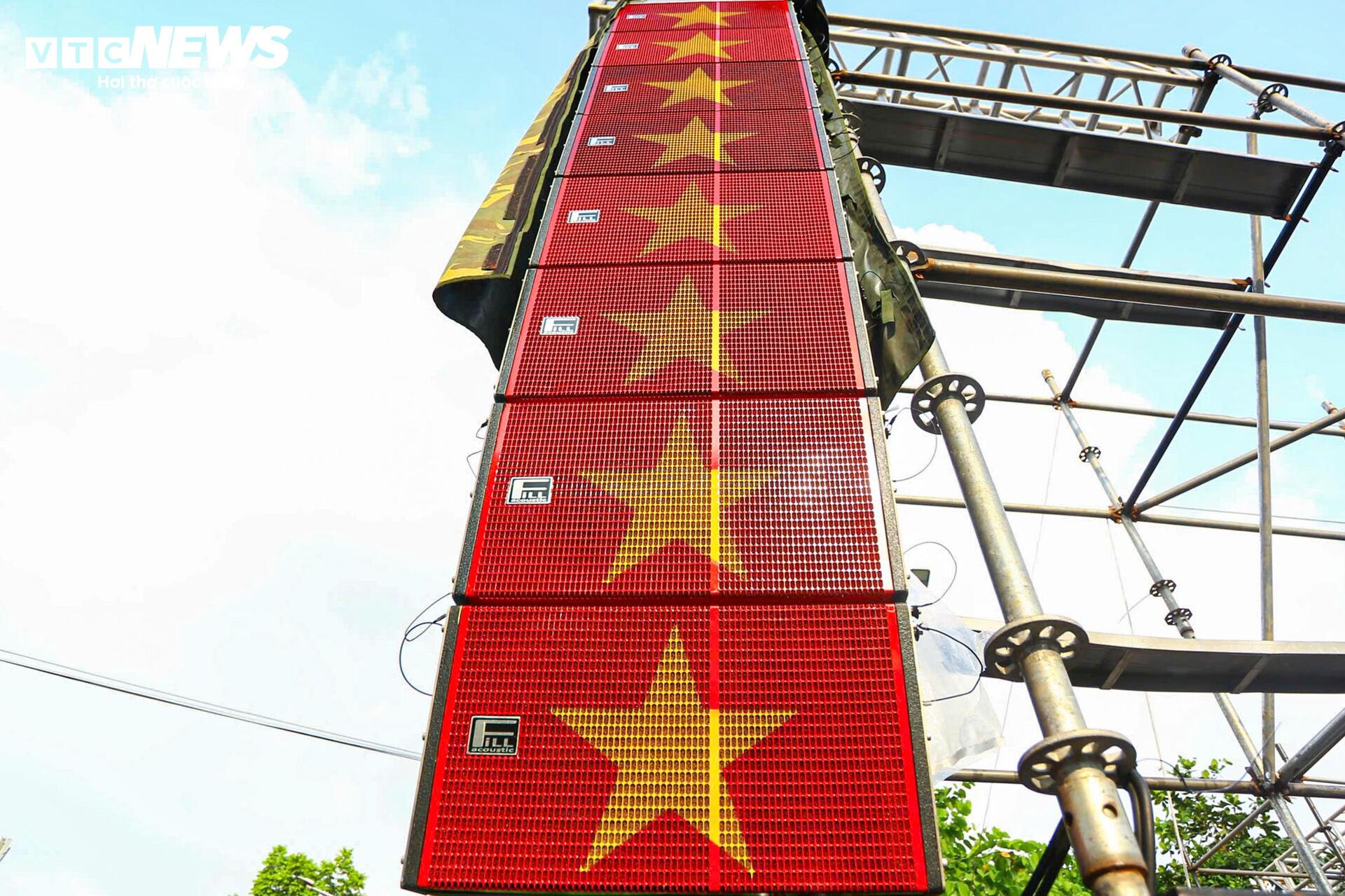







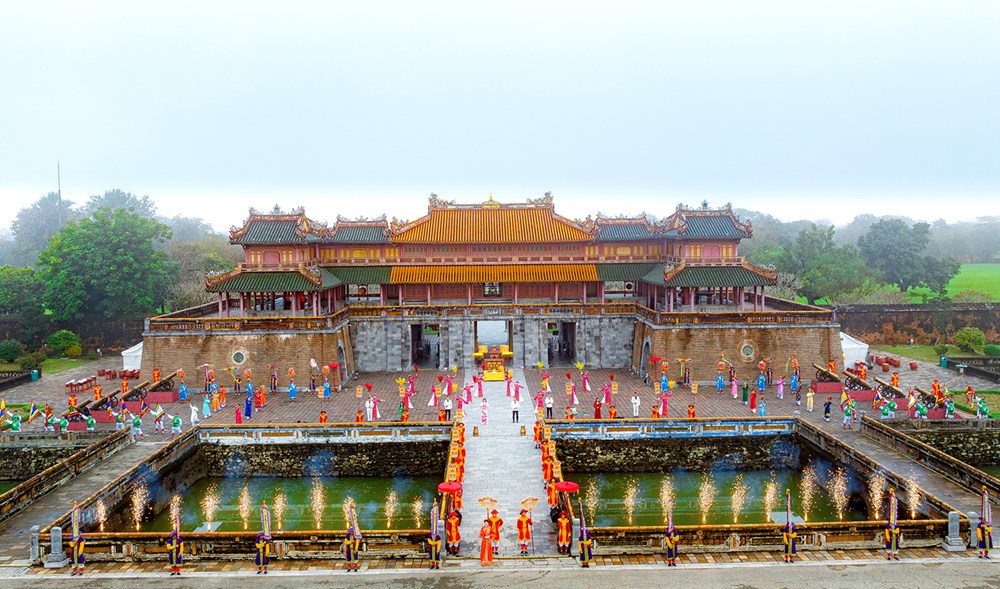

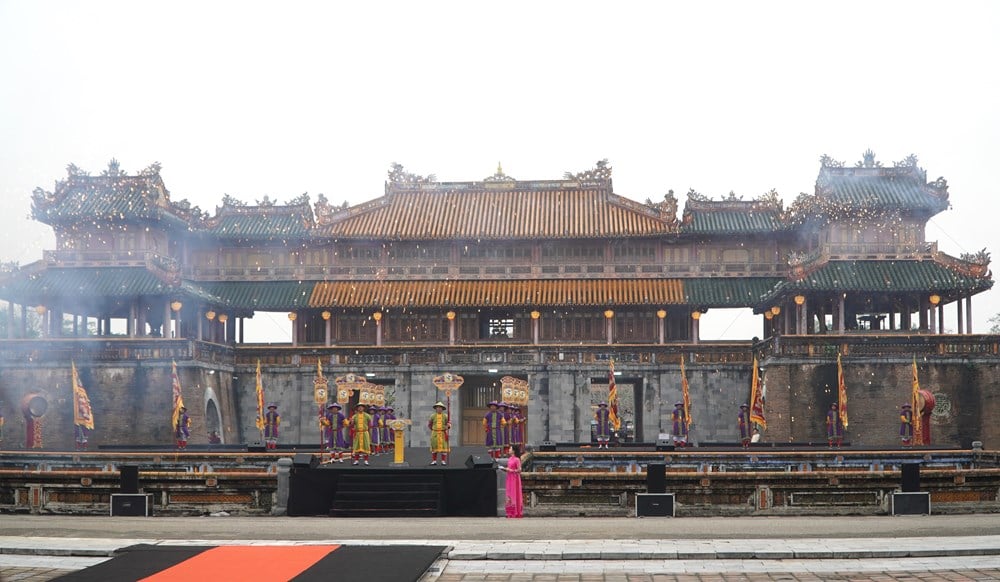

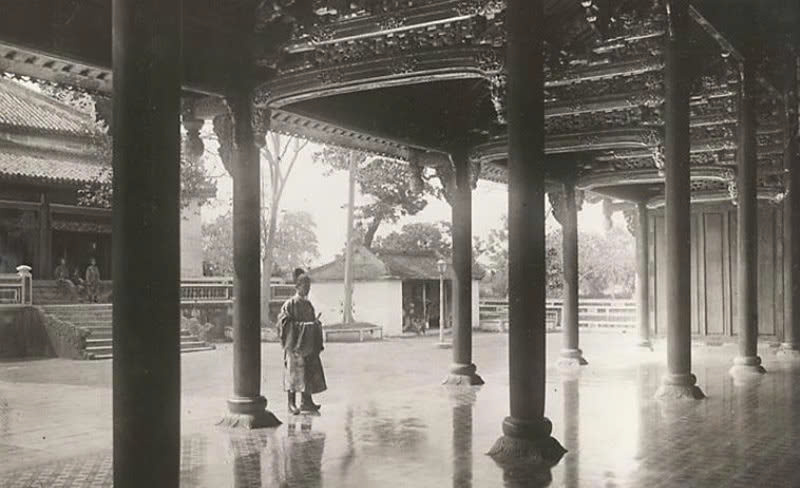

























































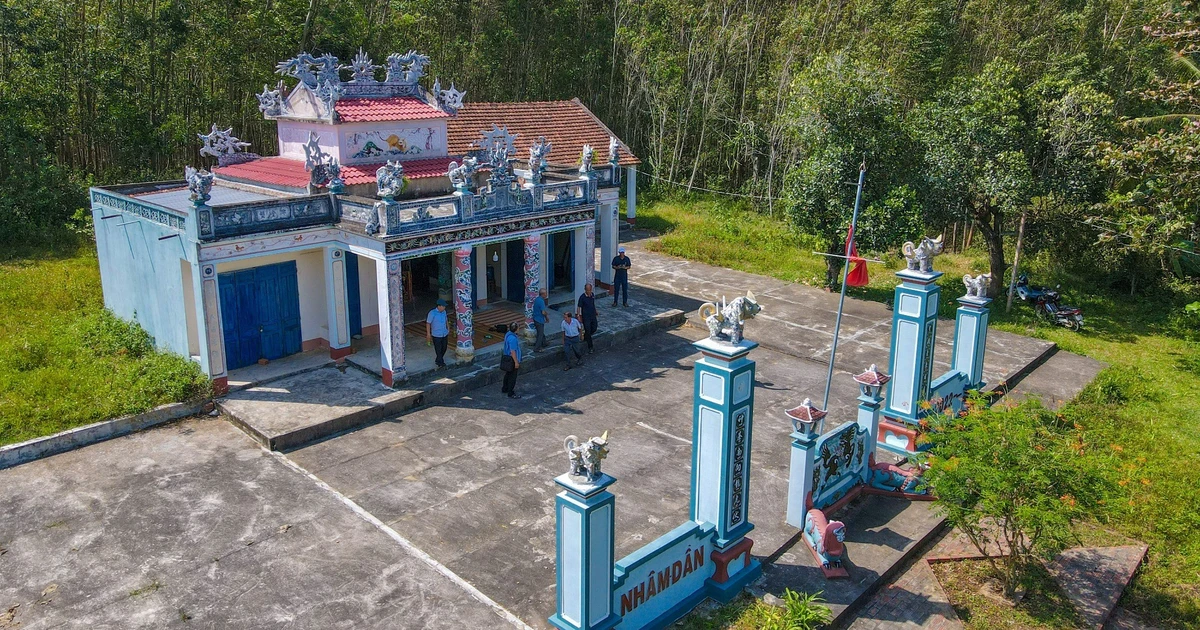























Comment (0)